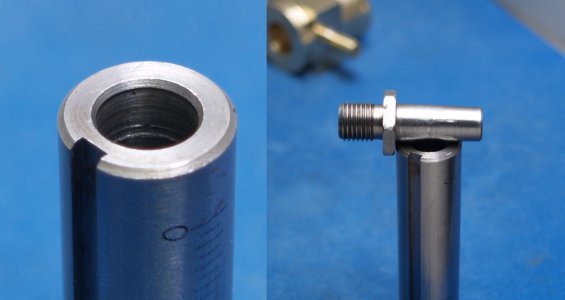- Joined
- Jan 31, 2023
- Messages
- 3
Hello,
I'm a custom pen maker interested in replacing his mini wood lathe with a Sherline lathe.
I drill holes about 15mm in diameter maximum in woods, plastics, rubbers, and non-ferrous metals.
I saw that Sherline sells a morse taper #1 tailstock that can accommodate a 1-16mm drill chuck. However, the instructions clearly state that tools over 9.5mm in diameter shouldn't be used, even if the tailstock taper can accommodate them.
Even so, I saw people using the Sherline lathe to drill in much harder materials compared to what I plan to drill in. Aside from warranty issues, if Aluminum and Brass are the hardest materials I plan to drill in, do you think the Sherline will handle such operations? If not, what other options do I have with the Sherline or other similar-sized machines?
Thank you very much,
Amihai Fishman.
I'm a custom pen maker interested in replacing his mini wood lathe with a Sherline lathe.
I drill holes about 15mm in diameter maximum in woods, plastics, rubbers, and non-ferrous metals.
I saw that Sherline sells a morse taper #1 tailstock that can accommodate a 1-16mm drill chuck. However, the instructions clearly state that tools over 9.5mm in diameter shouldn't be used, even if the tailstock taper can accommodate them.
Even so, I saw people using the Sherline lathe to drill in much harder materials compared to what I plan to drill in. Aside from warranty issues, if Aluminum and Brass are the hardest materials I plan to drill in, do you think the Sherline will handle such operations? If not, what other options do I have with the Sherline or other similar-sized machines?
Thank you very much,
Amihai Fishman.

